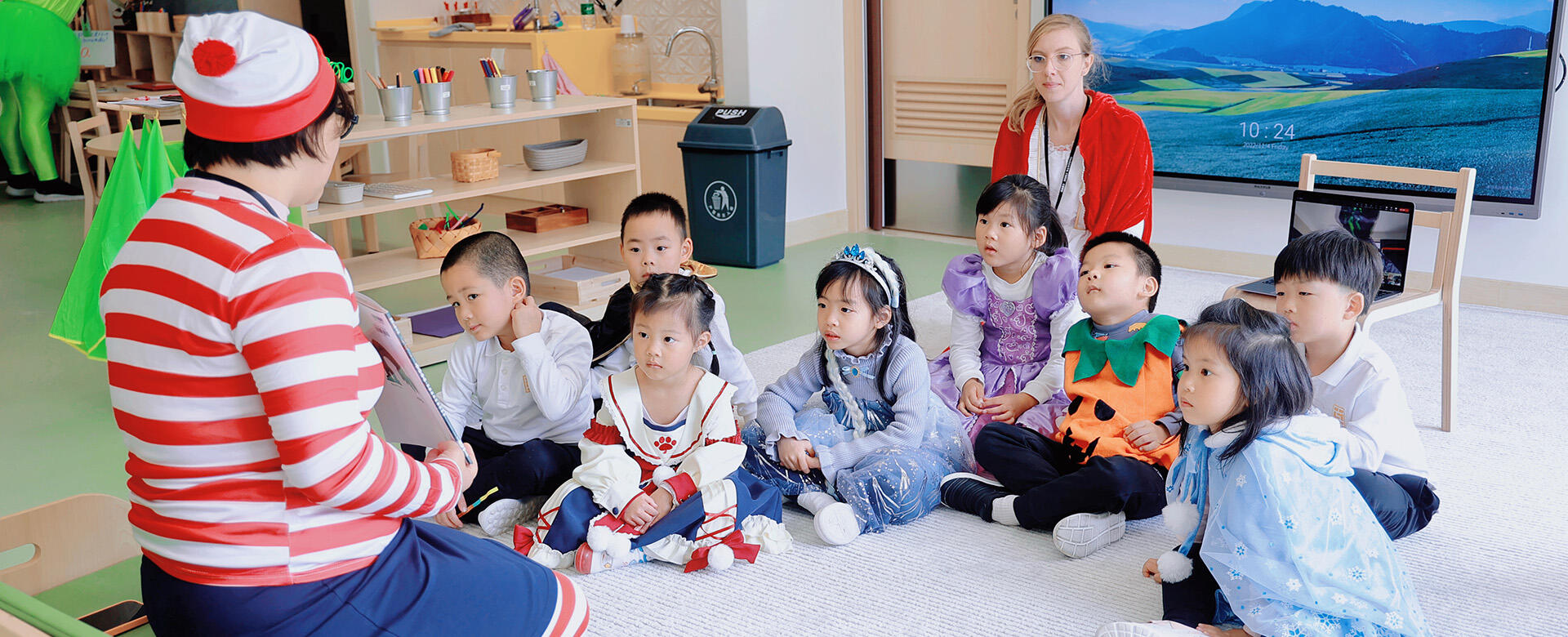

The early years is the period of the most rapid language development in a person's life. During this time children are developing mastery of their mother tongue. When learning a second or third language at this time, children are more likely to learn the second language through the same way of learning their mother tongue. This makes it easier to achieve native-like proficiency in the second language in the future.
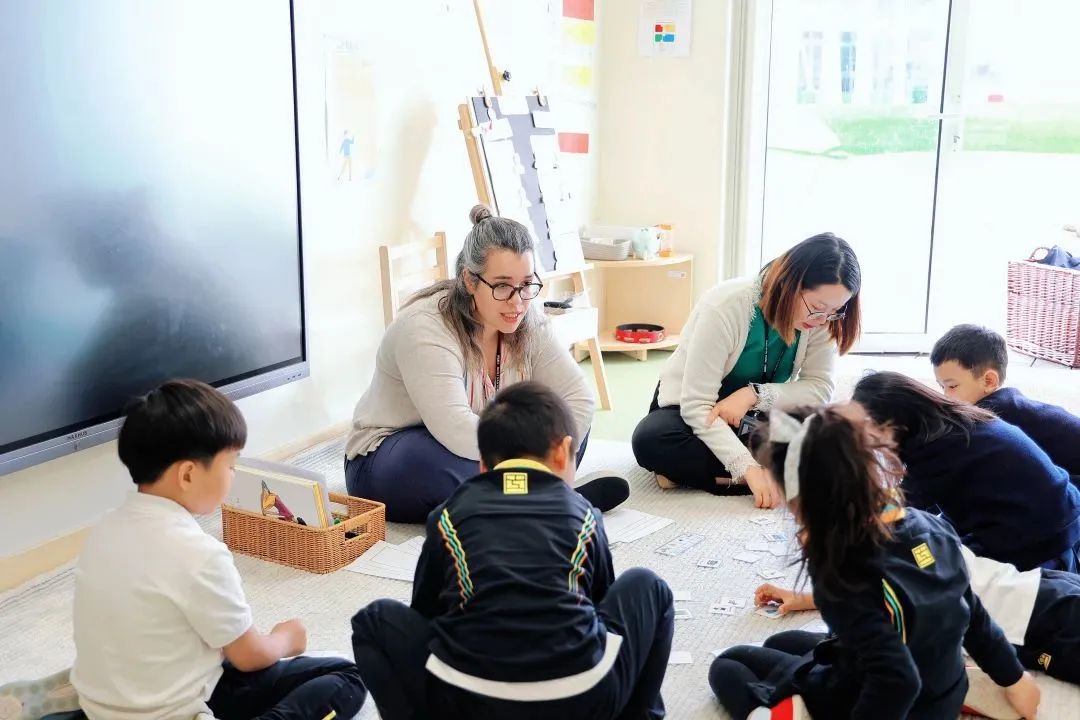
Considering the special physiological and psychological characteristics of young children, simple word memorization and boring grammar exercises are definitely not suitable for them to learn English. In our classrooms, we create a supportive and engaging learning environment that fosters a love of reading and encourages children to explore and experiment with language. Focusing on these skills and goals we have constantly incorporated activities into our routine, such as story time, show and tell, shared reading, and writing opportunities.

For example, in a recent English and phonics sessions, the children explored and learned English around the theme of animal habitats.
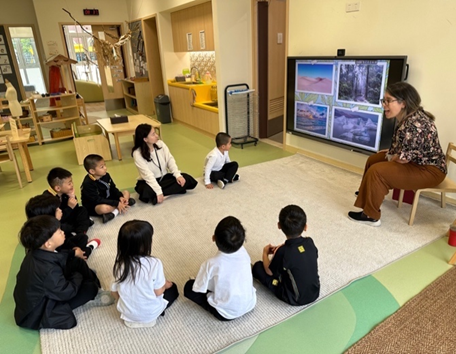
Animals' habitats refer to the natural environments in which different species of animals live and thrive. These habitats provide the animals with everything they need to survive - food, water, shelter. By learning about different habitats, children can appreciate the diversity of life in our country and planet.
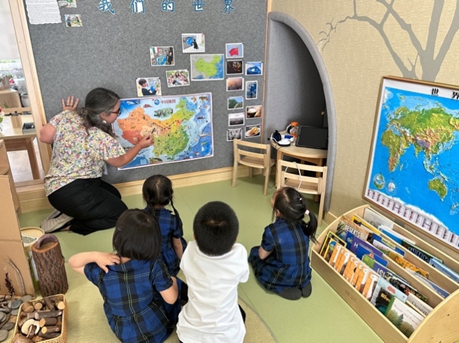
In our session, we observed and discussed the differences between five habitats, forest, ocean, artic, desert and grassland.
We found that:
Forests have many trees and plants, often wet as they get a lot of rain.
Oceans are enormous bodies of saltwater that cover most of the Earth.
Glaciers are covered by snow and ice, and there are relatively few plants and animals.
Deserts are very dry and hot places, with little rain and not many plants or animals.
Grasslands are places with lots of grass and some trees and have many animals that like to eat grass, like cows, horses, bison, antelope, and zebras.

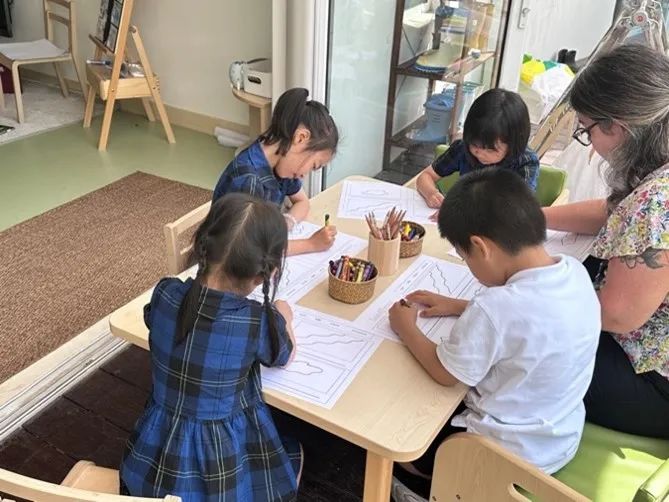
What specific animals are found in these habitats?
The children first shared the names of animals they associated with the habitats through oral expression, and then classified them into their respective habitats: “The polar bear lives in the Artic" and "The sloth lives in the forest”. Presentation and storytelling are good channels for developing language communication and social skills. Children in Nursery have various opportunities to speak in front of the group, express their cognition and understanding, and learn to listen to others' opinions and ask questions.

Next the children wrote a short sentence about their favourite animal, combining their newly acquired knowledge about habitats with their phonetic skills to write English sentences. With the help of the teacher, they even challenged themselves to write longer sentences. Then, children started trying to spell new words by identifying the sounds. For example, "white" as "wight", and "flower" as "flowr". Using phonetic spelling, children can write even if they are not yet able to spell the words correctly. However, as children progress in their literacy development, they will begin to learn the correct spelling of words.
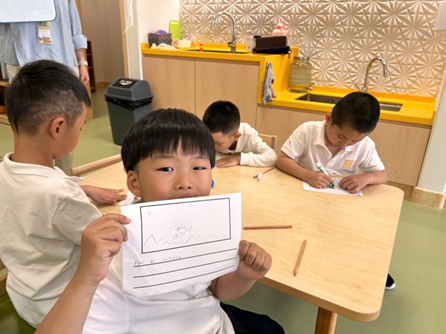

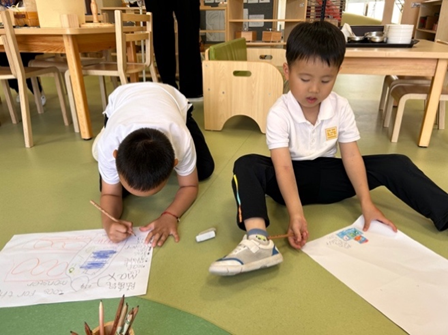

By learning about different types of animals and how they are classified, children can begin to understand the diversity of life on Earth and the complex relationships between different species. They also deepened their learning, understanding, and application of English by connecting English knowledge with the real world. Teachers used diverse learning methods to vividly and visually present knowledge to children, encouraging them to actively participate and stimulating their learning enthusiasm.
